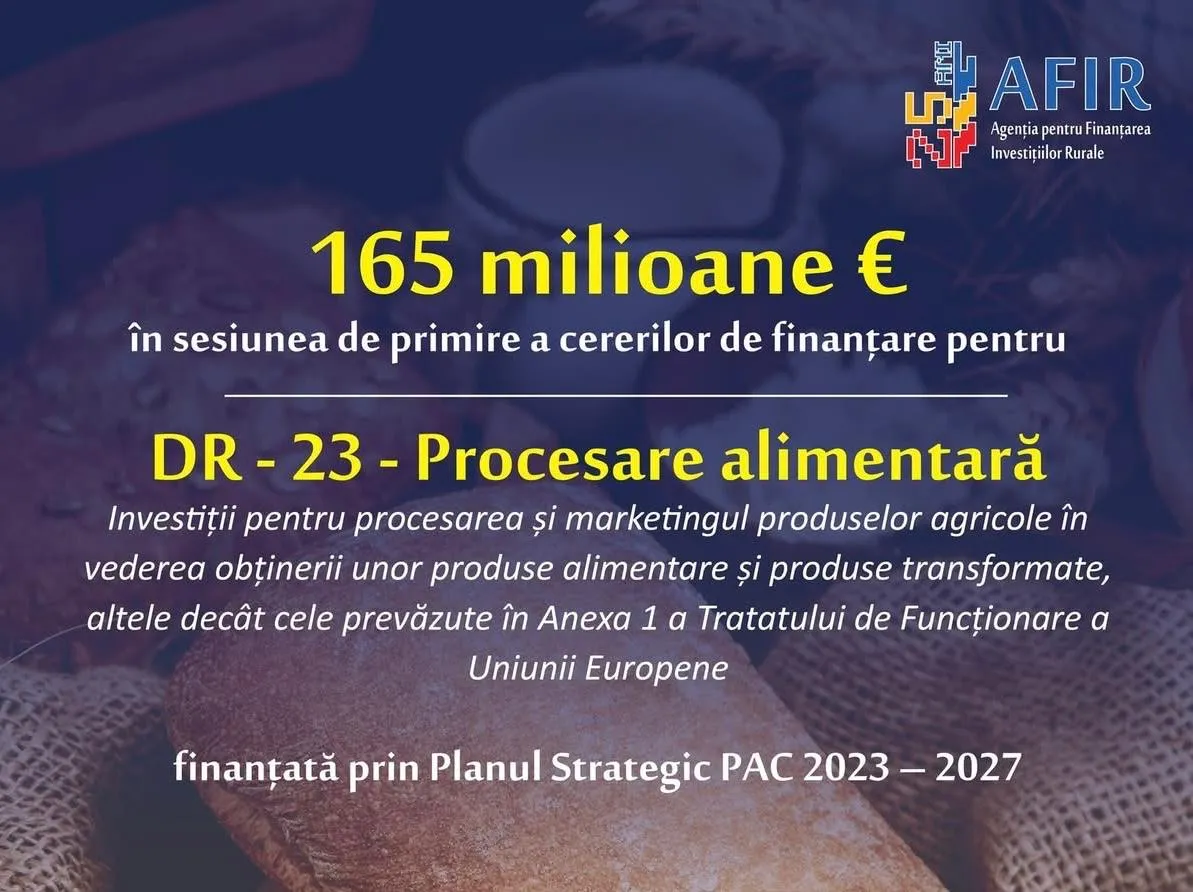1309

The cost of living crisis has put pressure on European residents over the past three years, and the consequences of this difficult period are manifesting in many different ways.
People are tightening their belts in all aspects of life, from turning off lights to using resale platforms, and the same constraints can be seen in our shopping behavior.
Are there still advertising methods that reach shoppers when there are larger concerns at hand? Here's a very interesting study published by ClearChannel Europe.
Main ways the cost of living crisis has changed consumer behavior
In this report, we analyzed our data and looked at how the cost of living crisis has affected the purchasing behavior of European consumers. Here, we shed some light on shopping habits in Europe and how they change during challenging times.
Most shoppers (75%) say they have had to change their shopping behavior because of the cost of living crisis. Perhaps not surprisingly, the most popular way this happens is by giving up things they feel they can live without.
Since the beginning of the cost of living crisis (2021), almost half of shoppers (45%) have had to cut back on occasional treats, with people having to reassess items they consider luxuries they can no longer afford. 38% of people are doing their best to avoid impulse purchases, and in a time when even the cost of essential goods seems to be rising every day, it's understandable that people are thinking twice before parting with their money.
Only 13% of people claim their shopping behaviors have not changed at all since the beginning of the cost of living crisis. Given that the cost of consumer goods and services has risen at the fastest pace in four decades, it's still safe to assume that these unmoved individuals are now spending more money than they were a few years ago.
However, do people claiming to be doing their best to save still find themselves influenced by Out of Home advertising? Some certainly do, as the majority of spending in UK supermarkets (88%) is still done in physical stores.
Shopping preferences in Europe
Only 8% of shoppers choose to shop exclusively online and make all their purchases from the comfort of their own home. This means that 96% of shoppers regularly spend at least some time shopping in stores and are exposed to supermarket advertising.
This tells us that in-store advertising methods still have the chance to have a serious impact on shopper behavior, despite the nation's financial situation.
Some age groups are more inclined to shop in-store than others, but only by a small margin. Overall, among participants of all ages, more than half say they shop in-store, and those most likely to head to stores are the youngest and oldest in the survey.
Young people aged 16 to 24 and those aged 45 and over are not only much more likely to shop in person than online, but they are also more interested in shopping in stores than their 25-44-year-old counterparts.
Faced with an overwhelming array of options, as can sometimes be the case in larger supermarkets, shoppers' brains seek shortcuts to what is safe and familiar.
This is good news for popular brands that already have a large following, but brands looking to gain new customers through in-store advertising can also attract attention. 30% of consumers say they choose to shop in-store specifically because they are more likely to find new products this way.
Even more, 43% of shoppers say they shop in-store because they believe they are more likely to find deals this way - demonstrating that there are things that can attract even the most loyal brand fans out of their comfort zones.
As for specific product selection, 65% of shoppers say they will choose a product simply because it is offered, with the appeal of a deal outweighing both the attraction of the familiar and the need to be frugal.
Advertising that contributes to purchase decisions
When it comes to supermarket advertising, point-of-sale (POS) advertising can influence purchase decisions in more places than just at the checkout it can draw attention to products on shelves.
When tested, a brand with POS advertising received 53% more attention than the control product, was located more quickly by shoppers, and ultimately saw more purchases.
Impulse buying trends
An impulse purchase is a decision made on the spur of the moment, often with the aim of providing instant gratification. Although advertising might lead to purchases that could be considered impulsive, it's possible that shoppers themselves may not see it that way, especially if they feel they are getting a good deal. So what do impulsive shoppers confess about their shopping habits?
Just under a third of us (32%) make impulsive purchases at least a few times a month, and far from being a bad habit, most impulsive purchases are looked back on fondly even after some time has passed. In a period where the cost of living crisis is causing distress to almost a third of UK residents, small indulgences can hardly be seen as a bad thing. Even so, 12% of shoppers claim they are experts in self-restraint and either don't feel or successfully resist the lure of impulsive purchases.
Cities where people are more likely to make impulse purchases
Residents of some cities are more prone to impulsive spending than others. What can we deduce from this information?
Is it a coincidence that so many of the cities most likely to host impulsive shoppers are: seaside, expensive to live in, and places where happiness and quality of life are reported to be higher?
Realistically, many of the areas that top the list for the biggest impulsive spenders are areas where people are more likely to have money to spend.
The best impulse buying categories
And what do impulsive shoppers spend their money on? Food is the most popular impulse purchase, with 55% of shoppers willing to indulge in a tasty treat. This could be due to the added sensory appeal of food, where seeing something appetizing will elicit a bodily response, especially if you've gone shopping on an empty stomach.
It's been proven that shopping while hungry is enough to lead shoppers astray from pre-written grocery lists in search of something to instantly quench their cravings. Similarly, other consumable items, such as drinks and snacks, also rank highly, while technological products and miscellaneous items are the least attractive.
Men and women are almost equally inclined to buy food on impulse, and clothing is also highly important in both rankings - although women are 12% more likely to expand their wardrobes with impulsive purchases.
There may be many external factors influencing these differences - for example, social expectations and peer pressure could determine why one in three men is likely to buy drinks impulsively, compared to just one in five women.
Men are also more predisposed to spend on impulse, perhaps being more willing to part with their money to satisfy hunger or thirst. In contrast, women are more inclined to spend on beauty products and household items, potentially seeking longer-lasting satisfaction from their impulsive purchases.
When asked about the reasons behind their impulse purchases, shoppers again say they are influenced by promotions and discounts more than anything else (50%) - even instant gratification or hunger. This desire to jump at a limited-time offer is a recurring theme throughout the survey - and something advertisers are familiar with using.
What can you do to influence shoppers in the European Union?
While only 19% of shoppers claim in-store advertising influences their impulsive purchases, there's a chance many shoppers aren't aware they're subconsciously consuming ads wherever they go.
After all, 96% of shoppers regularly spend at least some time in stores - which means almost everyone has the potential to come into contact with in-store advertising or POS screens in malls and directly outside supermarkets.
Point-of-sale (POS) screens and in-store advertising have the potential to significantly improve shopping experiences. Through supermarket advertising and mall advertising, customers can not only discover new products but also have their regular purchases reaffirmed in a way that builds confidence in brands.
This is partly because in-store advertising implements multiple touchpoints to help improve brand recall. As a result, retailers are rewarded with increased sales and customer loyalty.
Out of Home advertising (also known as OOH marketing) can leave an impression before, during, and after a shopping experience. Whether in the form of digital advertising screens or POS displays, this style of advertising could convince shoppers to part with their money in a way that doesn't even feel like an impulse purchase - especially if it involves a discount or deal.
Even in the face of the cost of living crisis, shoppers in the European Union are not yet willing to forego the promise of a dopamine-inducing treat or profit much before they pass them by. Given these habits, it's easy to see how the right OOH marketing can grab attention both on the street and in-store and lead to more sales.





